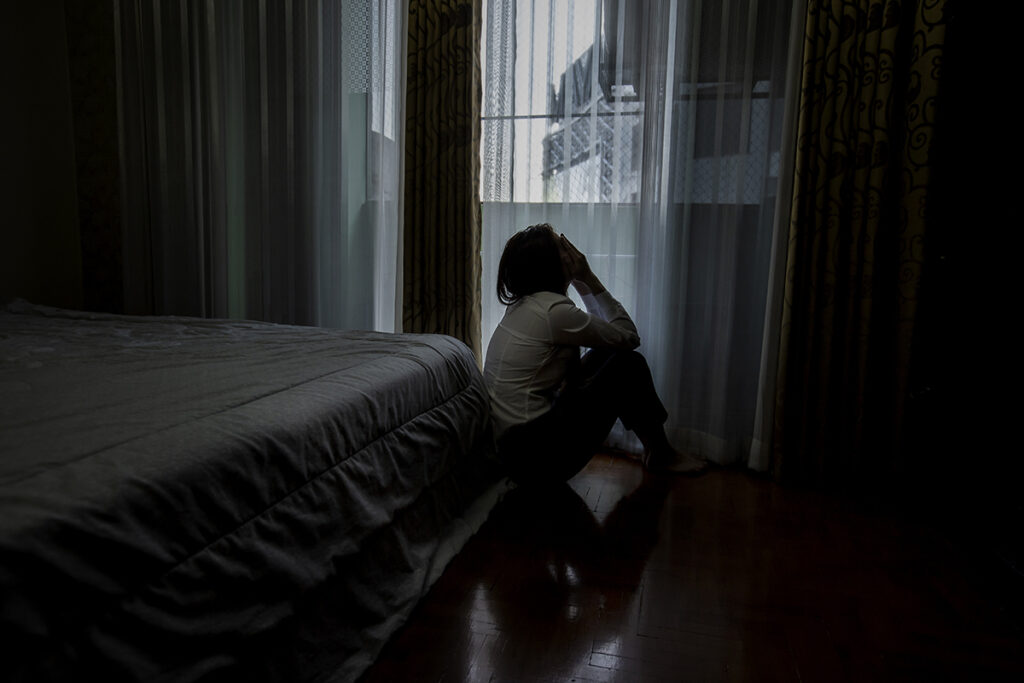September 10th is World Suicide Prevention Day. It is a day dedicated to bringing attention to the men, women, and teens who often find themselves in a hopeless state, unable to find a reason to continue on. If you are that person, or you know someone who is, reach out for help immediately at Springfield Wellness Center or simply dial 911.
Understanding the signs of passive suicidal behavior, even those less commonly noticed can change a life. Don’t wait until National Suicide Prevention Week to act. If you need depression treatment, contact our team today at 844.334.4727.
Passive Suicidal Meaning
Someone who has passive suicidal thoughts has a desire to die without plans of committing suicide. They may think about how it might be better if they weren’t alive. This way of thinking may lead to more dangerous plans of committing suicide. Supporting a loved one when they are passively suicidal is pivotal to saving them from the depths of depression.
Look for Signs of Passive Suicidal Behavior
Many people do not commit suicide randomly or because they are upset one day. Many people have subtle signs that they show throughout the days or weeks that can lead up to a dangerous decision. Take a look at some of the more difficult-to-see signs of someone who is passively suicidal.
1. Expressing Feelings of Guilt or Shame
Many people who are facing these decisions feel extraordinary amounts of guilt and shame. What makes this hard for most of us to see is that they really have no reason to feel that way. Often, that guilt is misplaced, yet no one can convince them of that.
2. Seeming Hopeless
Perhaps the most prominent of symptoms a person feels is hopelessness. Their life is challenging right now for some reason, and they do not see a way forward. They do not see a way to fix their problems, which makes them passively suicidal.
3. Increased Isolation
People with depression and anxiety disorders also often pull away from other people. Though they want to spend time with others and interact, they feel as if they should not, do not deserve to, or simply can’t do so. Isolation is a worrisome time because it can allow feelings and thoughts to grow unchecked.
4. Changes in Behavior
Often, a person considering suicide changes their behaviors. In some situations, they may no longer be their happy self. You may also notice they are not doing things they used to enjoy, or they may no longer participate in conversations. If they seem to simply always be upset or depressed, that’s a sign of depression.
What to Do If You See Signs of Passive Suicidal Ideation
Suicide prevention is never simple. No one wants to believe a loved one is at risk. Yet, when you see the signs of suicidal behavior, you need to react. Our team at Springfield Wellness Center offers the tools and resources to guide you. If someone is at serious risk right now, call 911. Please don’t leave the person alone. Stay with them and talk to them to encourage them to get the treatment they need.
If they have decided to get treatment, you can give our team a call to learn about our suicide prevention tools and resources. We offer comprehensive treatment, including:
- Depression treatment programs
- Chronic stress disorder treatment programs
- Anxiety treatment programs
- PTSD treatment programs
- Alcohol and drug detox programs
Do not wait. Even if you are unsure, reach out to your loved one to try to help them. Taking action can save a life.
Take Immediate Action for Passive Suicidal Ideation
The signs of suicidal behavior are not always easy to see. This World Suicide Prevention Day, take a closer look at the people in our lives who are at risk and offer them the help they need.
Reach out to our team at Springfield Wellness Center to learn more about the opportunities available to you, whether you need help yourself or you have a friend in need. Contact us online or by calling 844.334.4727 for mental health treatment today.

